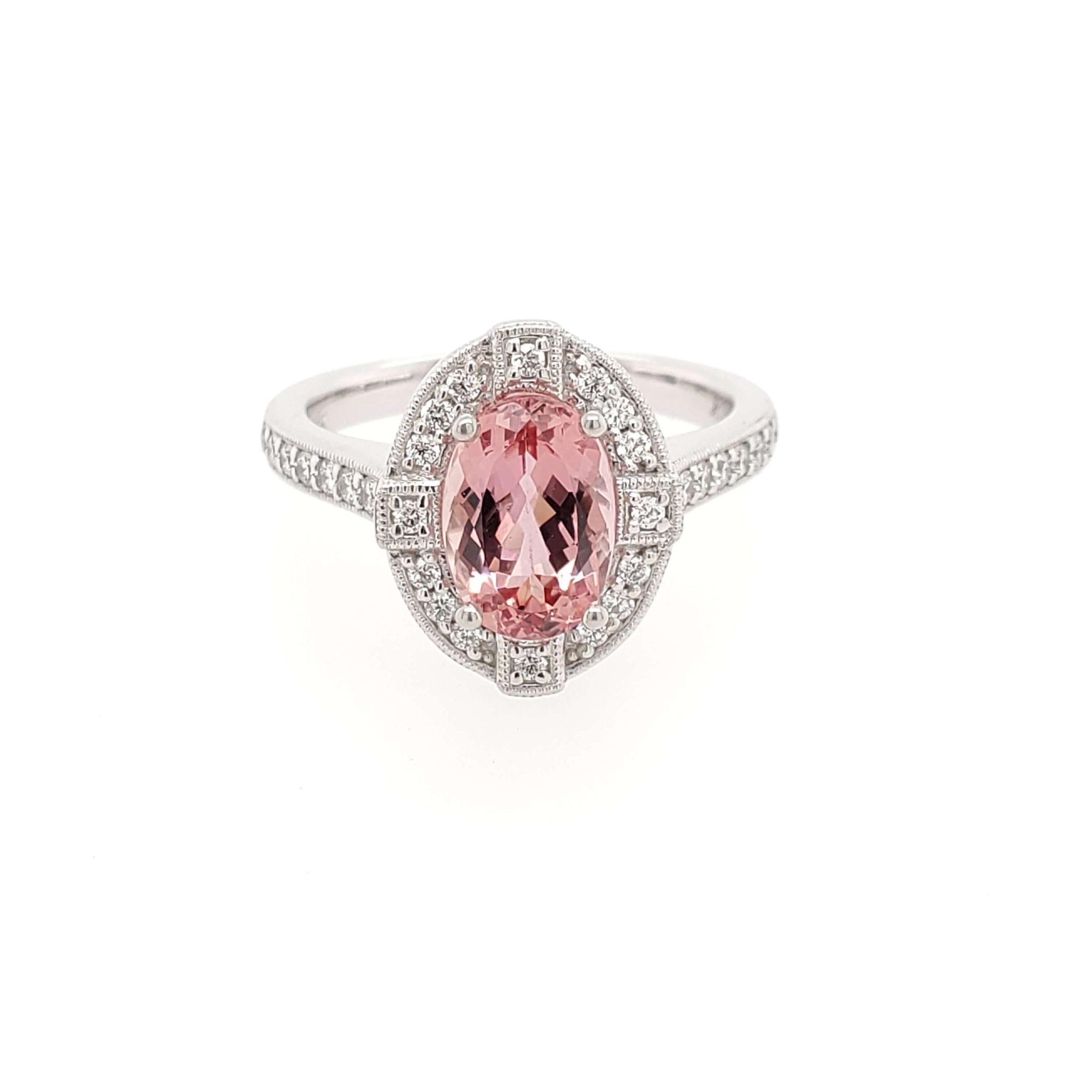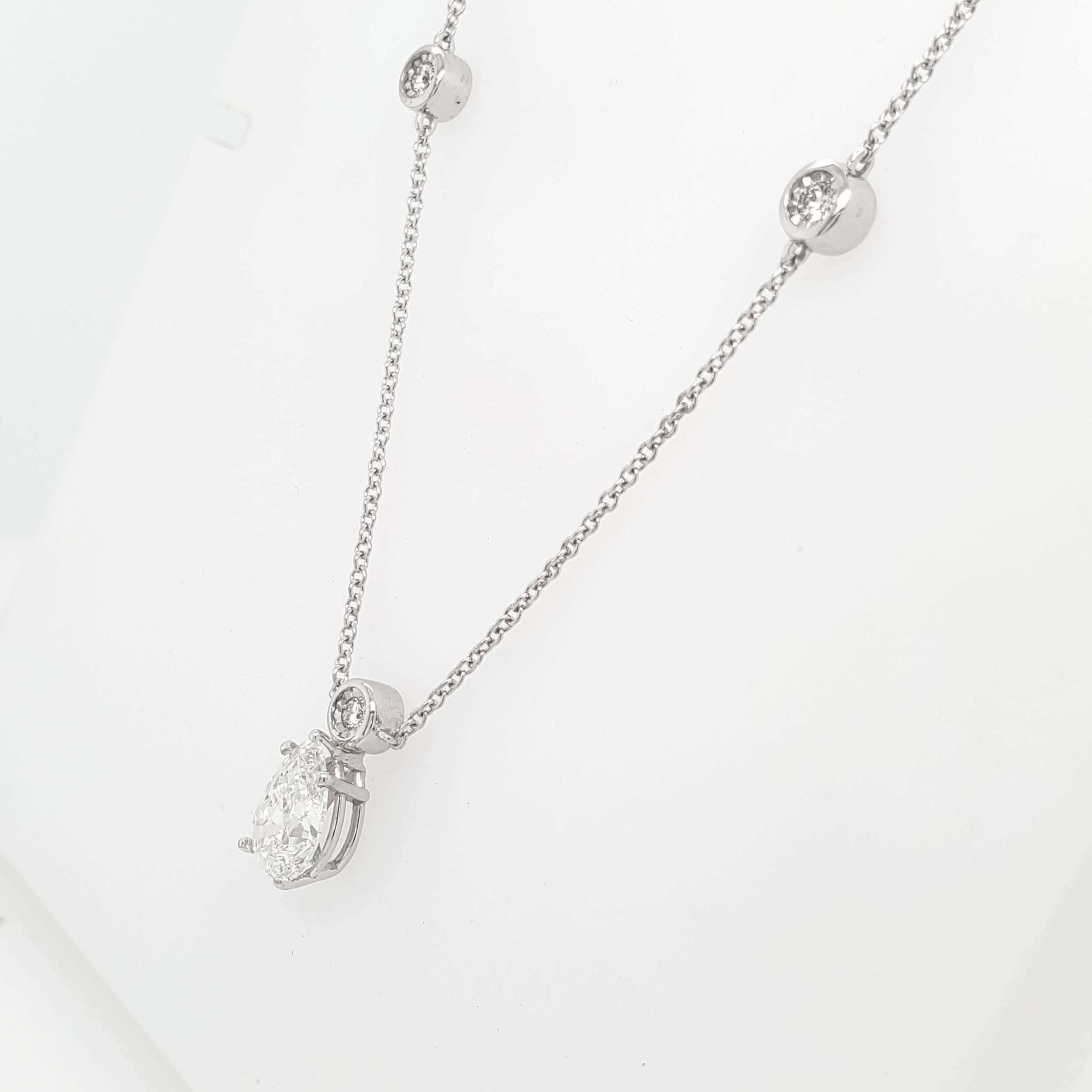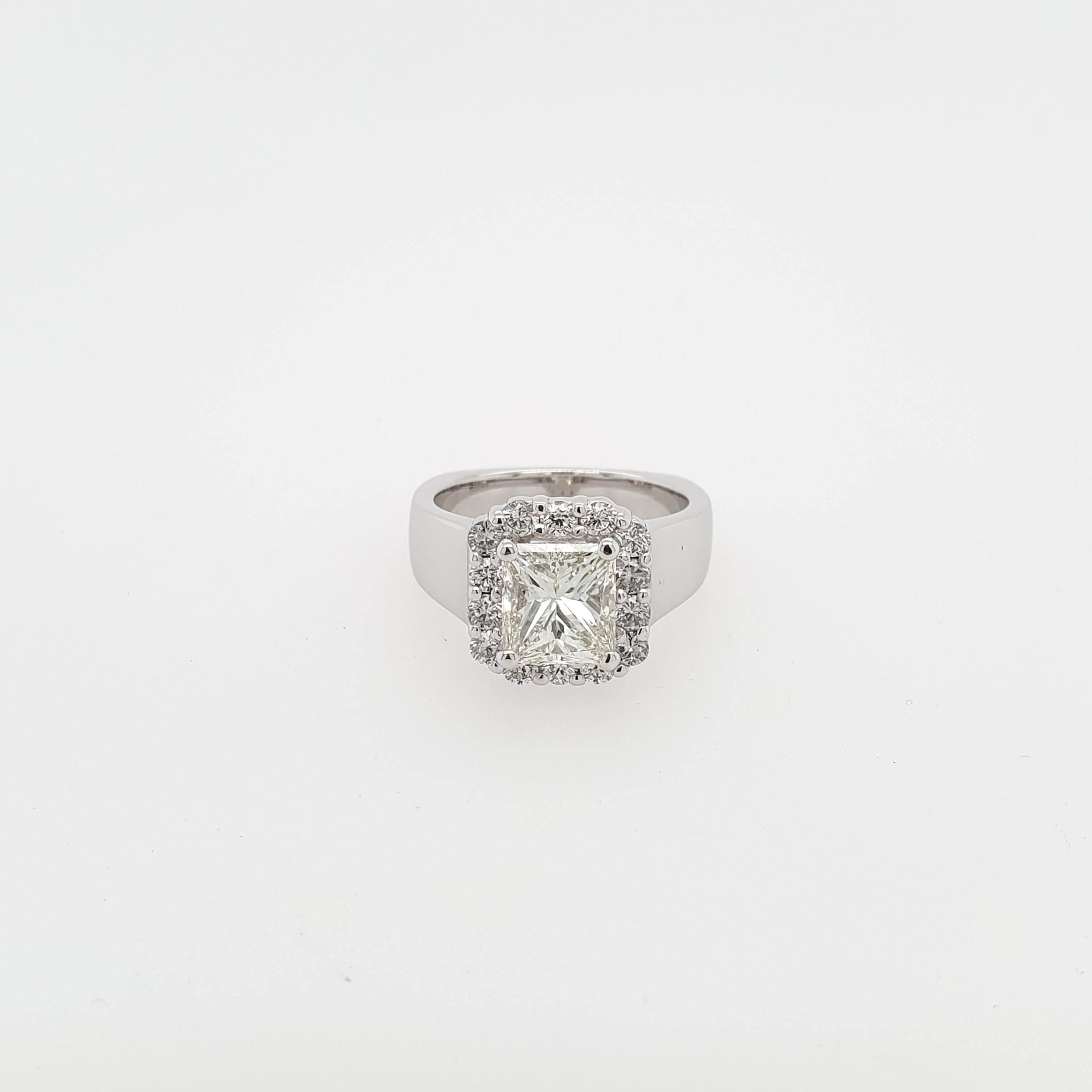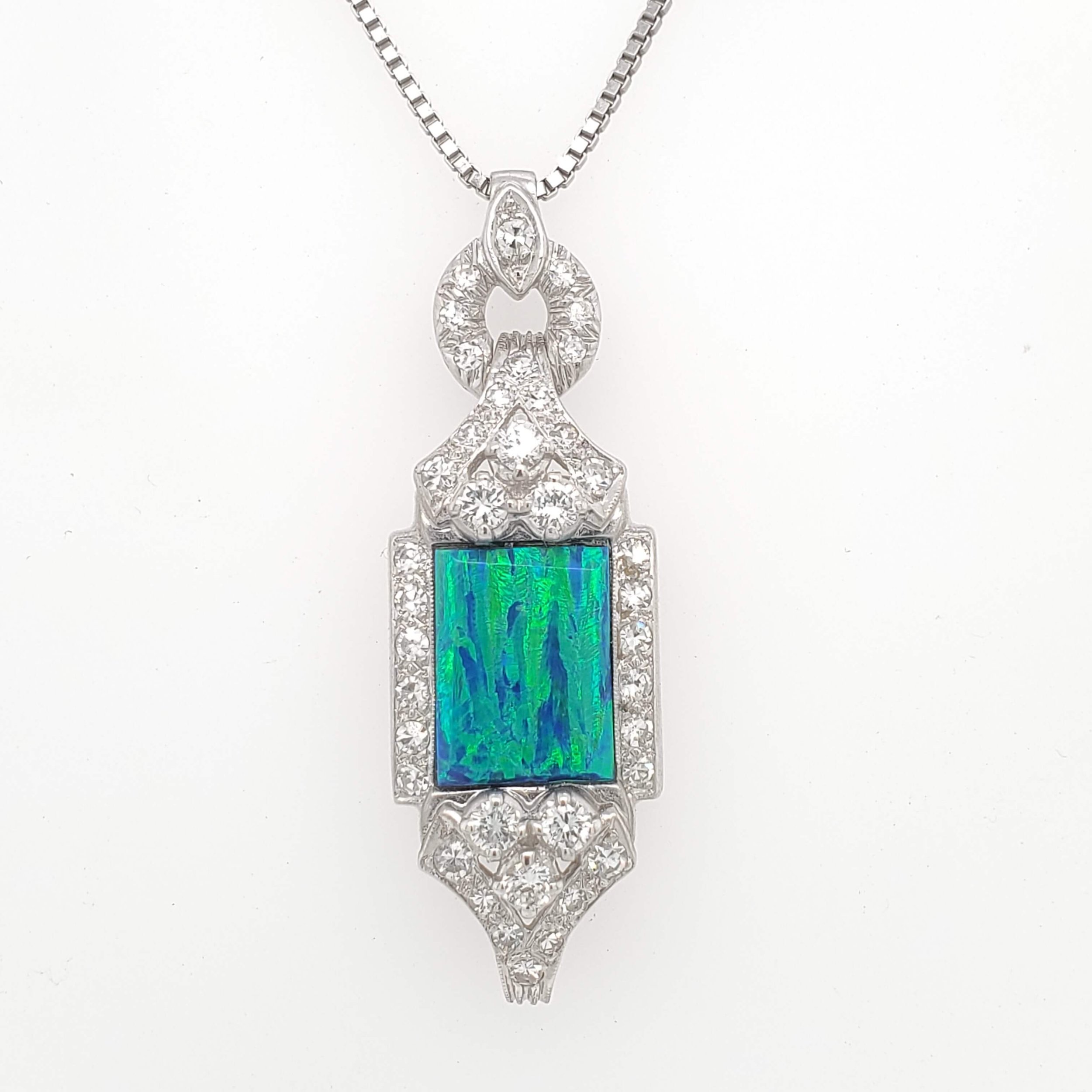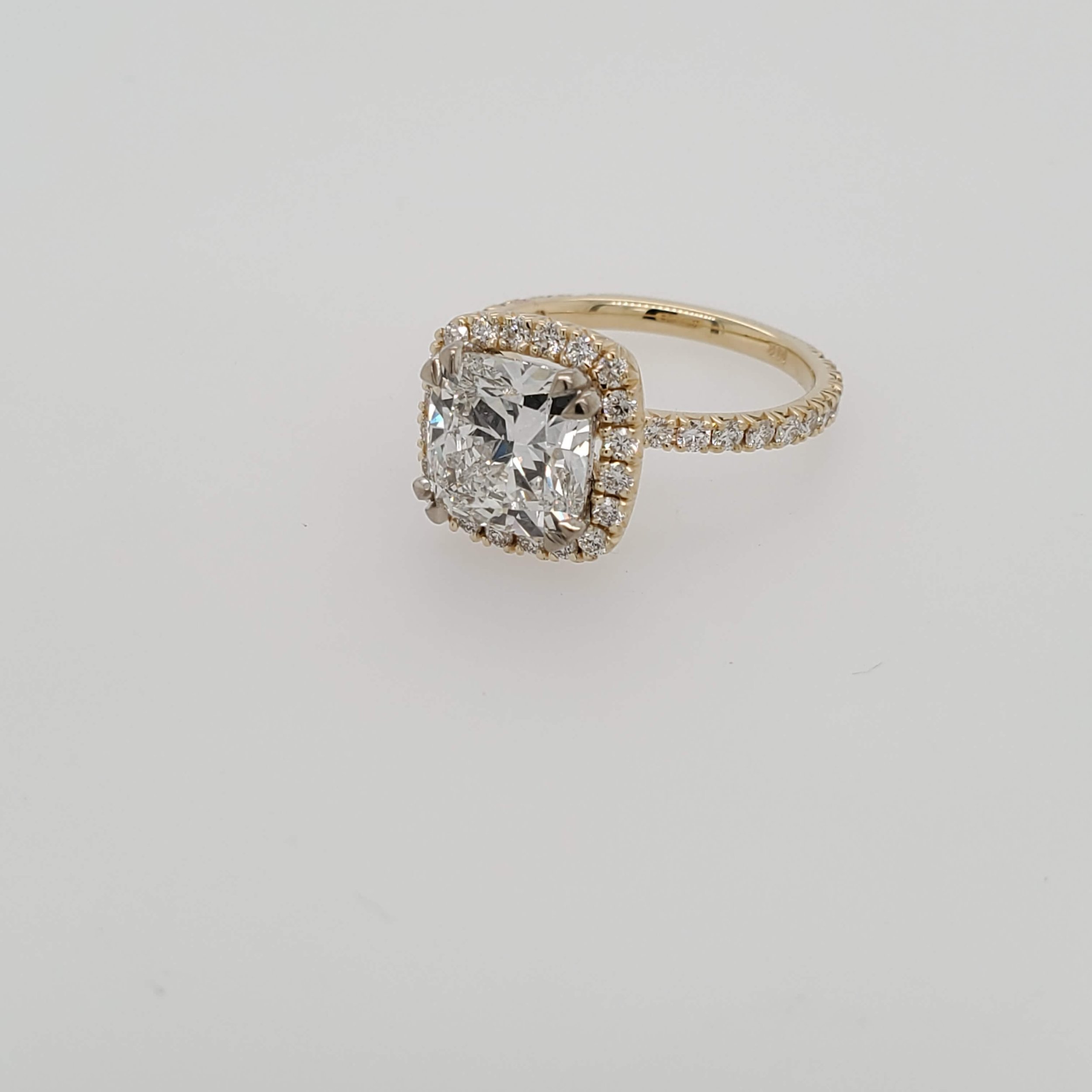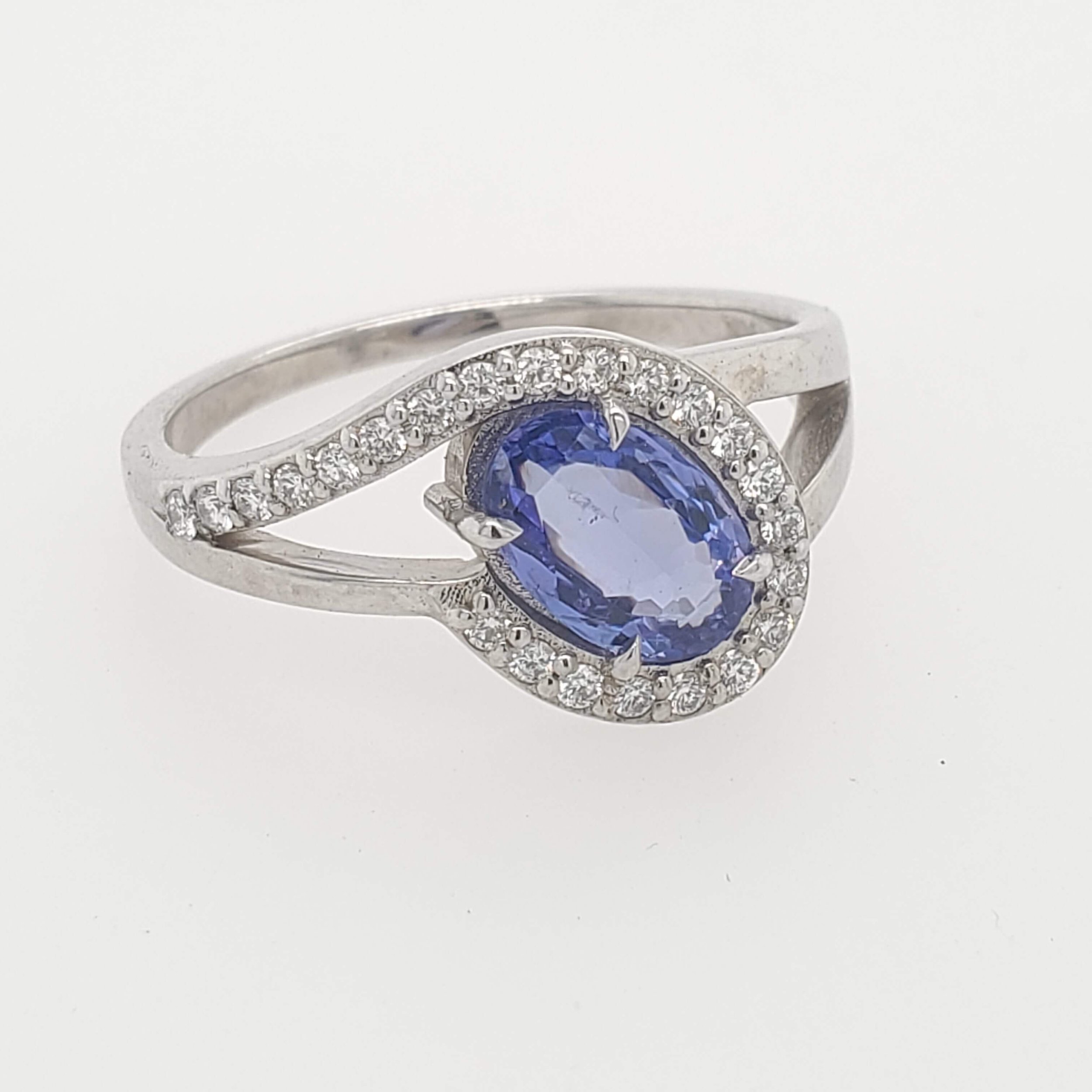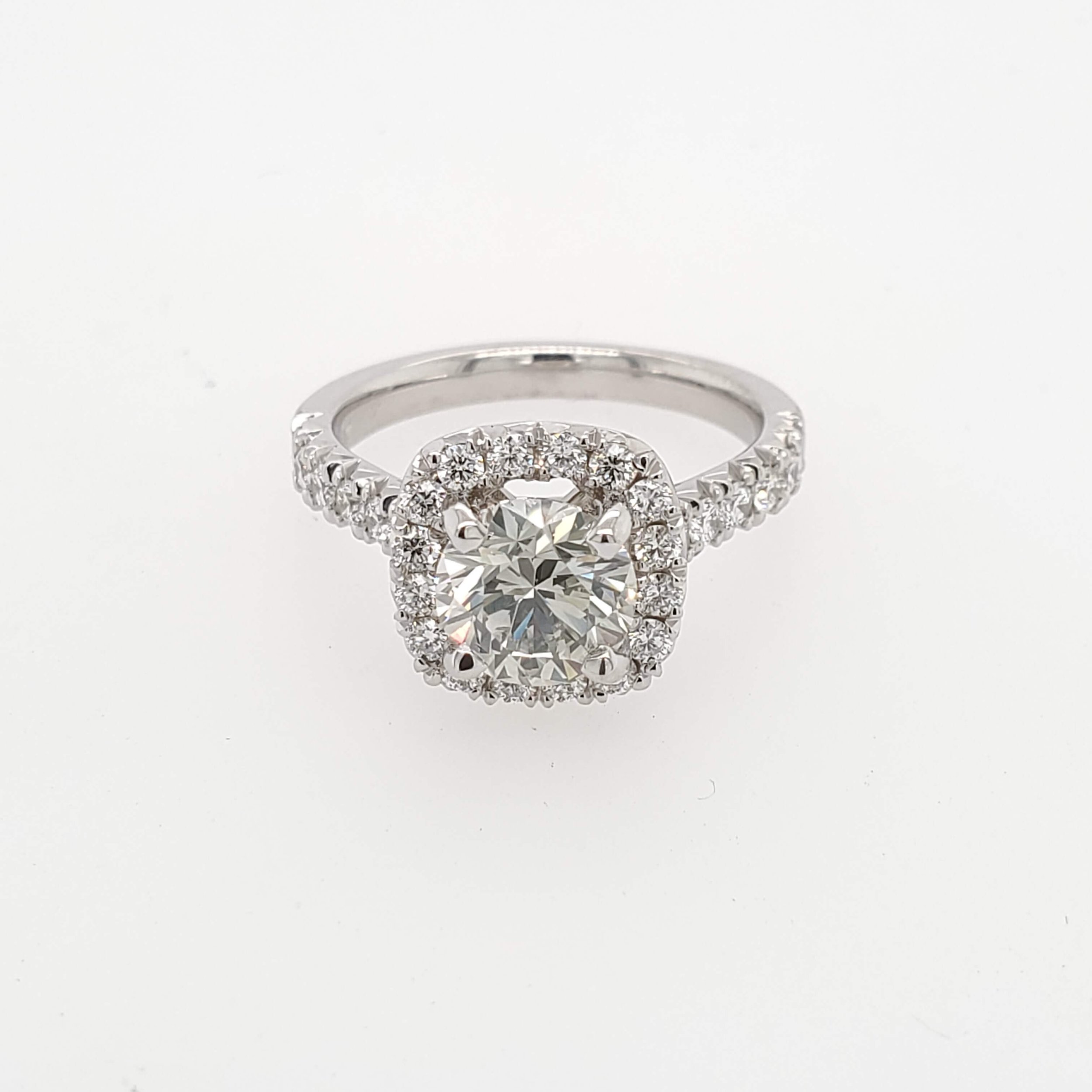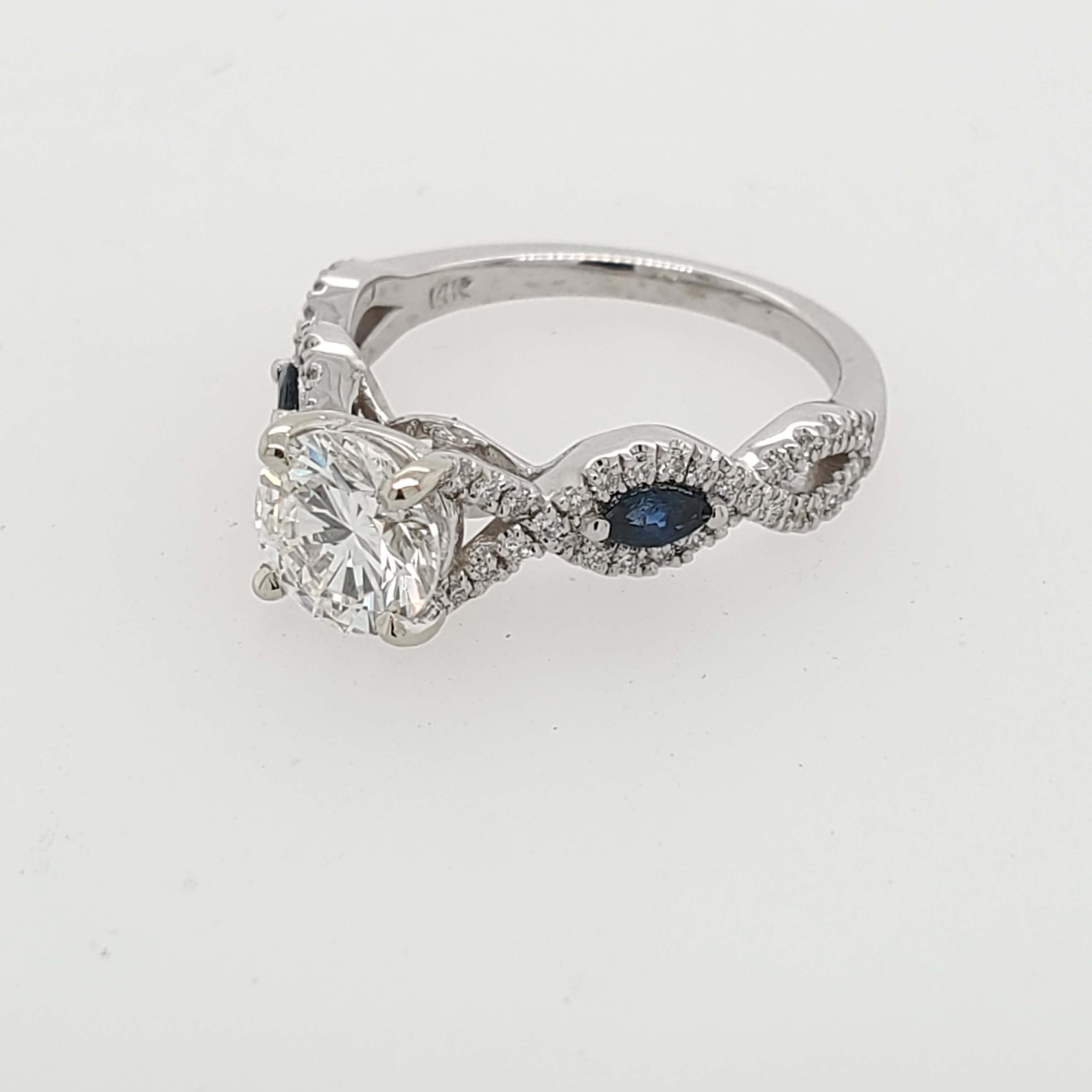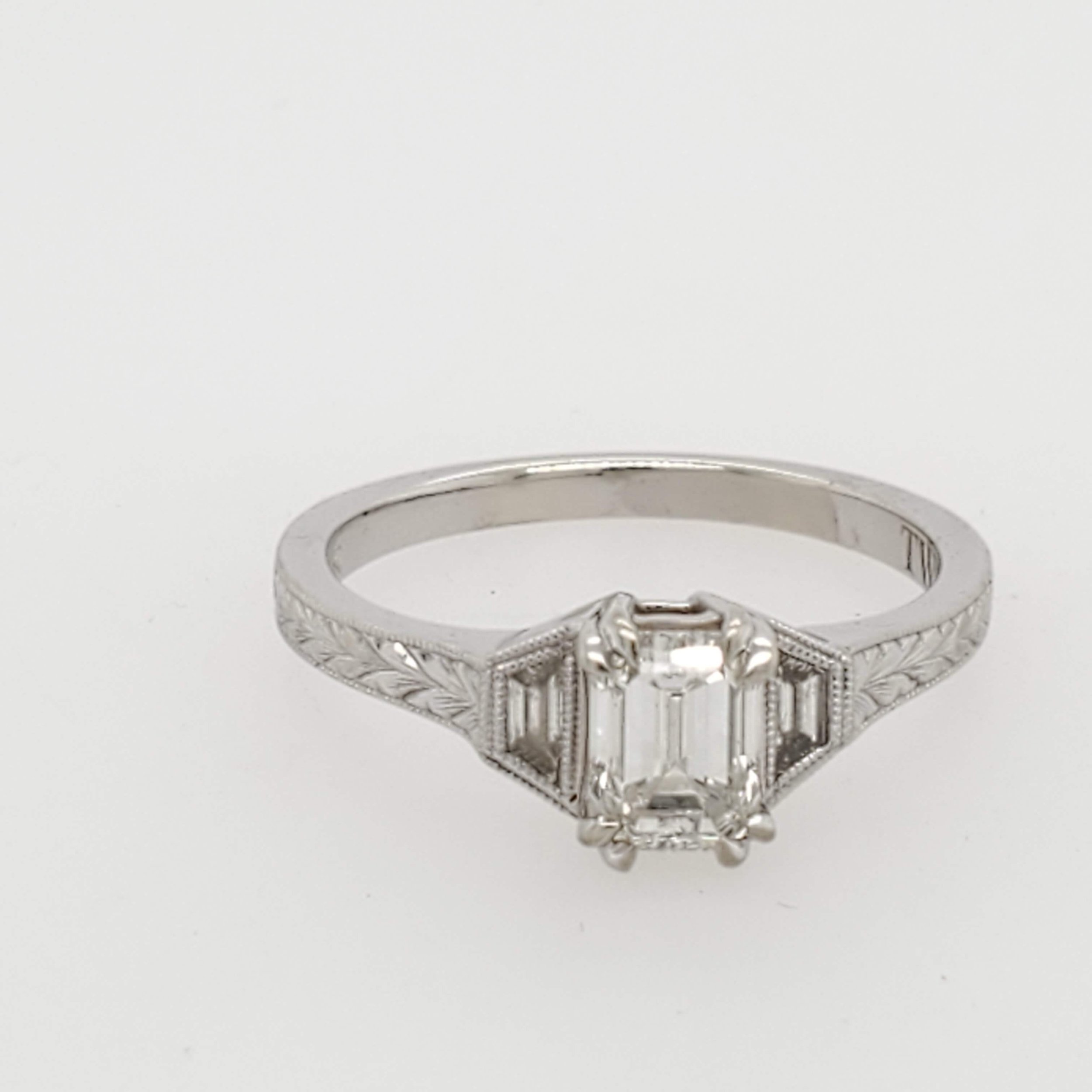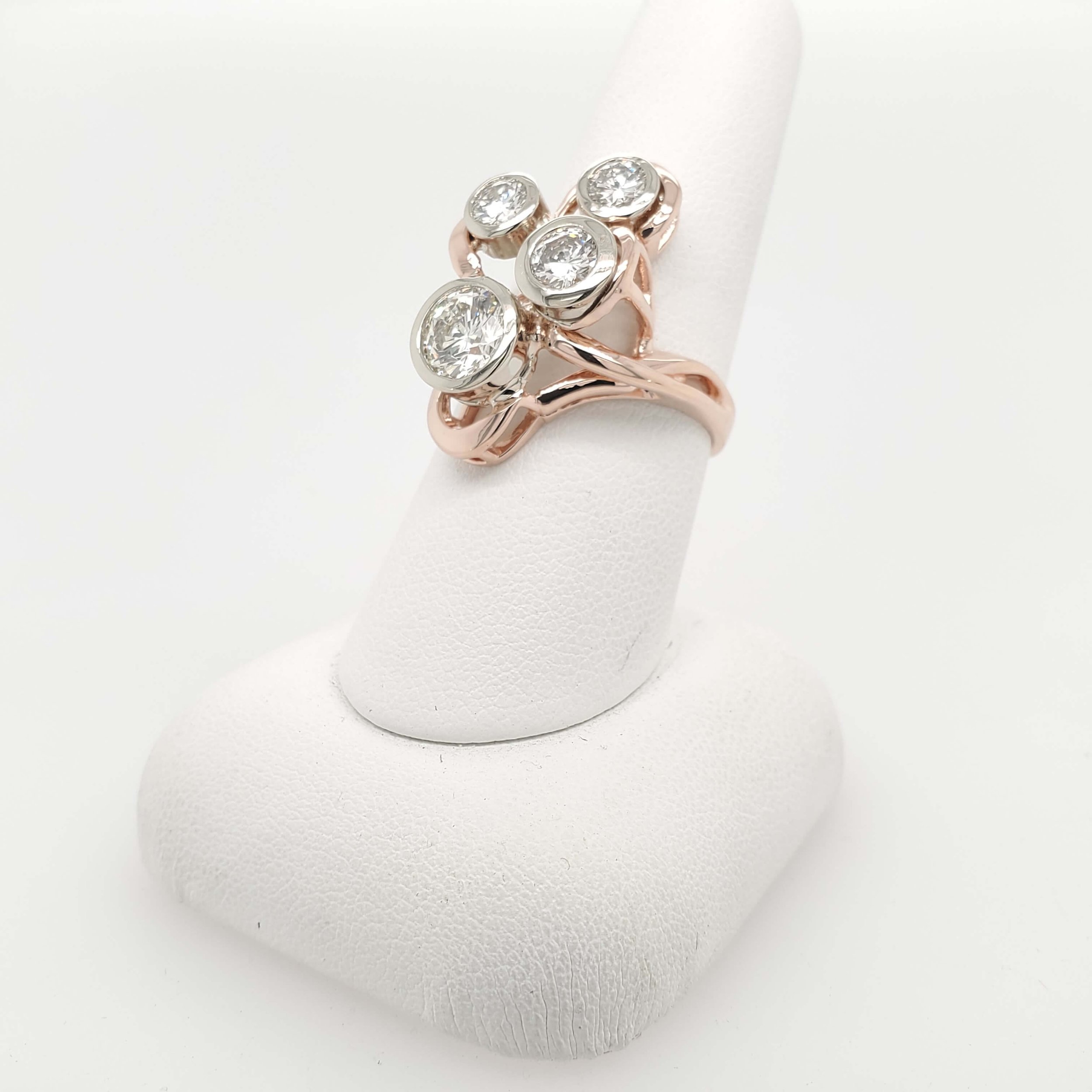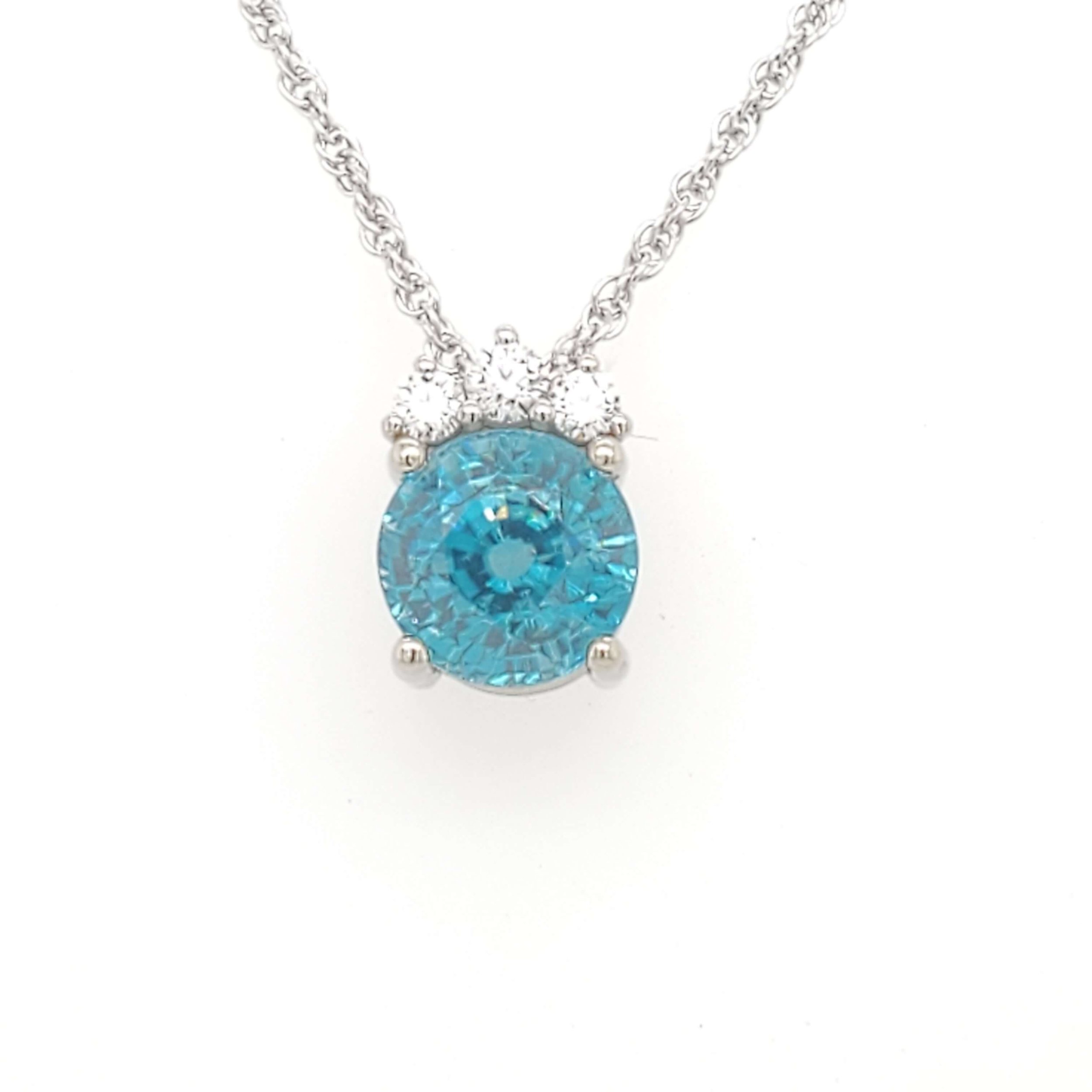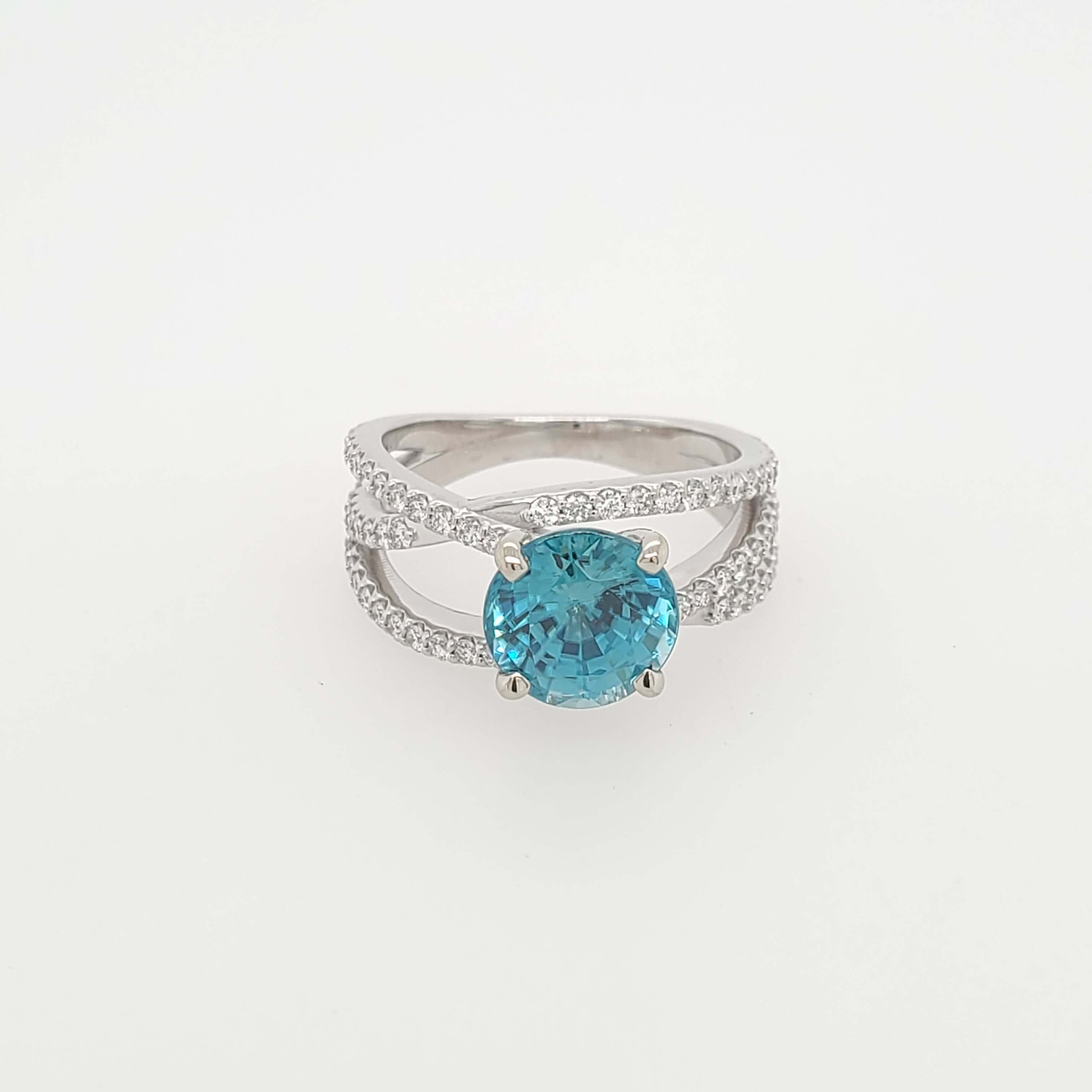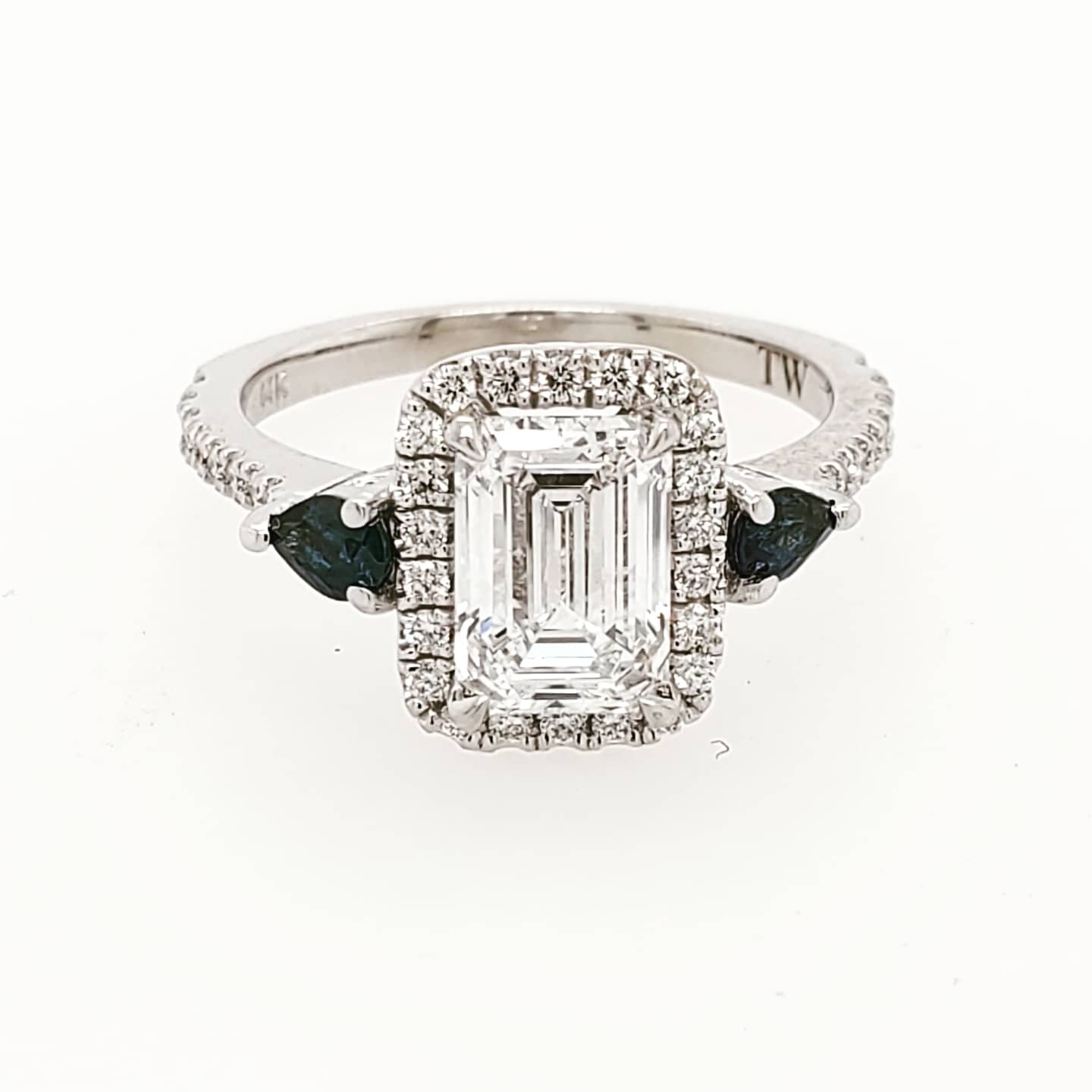Custom Jewelry
Let us help you make the perfect piece
Concept
We'll get your creative idea and make it tangible. One of our team will work on creating a concept for you from scratch or from an existing photo or model.
Design
The next step is the true design. We'll move from sketch to realistic rendering. With computer design and the latest CAD technology, you can see how the ring will look before the ring is created. We also specialize in using lost wax casting and fabrication in addition to CAD. Using this method you can see very quickly how the ring will look once it's finished.
Creation
Once all details are addressed, we begin creating the ring. This includes casting, polishing, and stone setting.
We also have a variety of samples in our store. We can modify the samples to your specifications to create your dream piece of jewelry.
Colored Gem Stones
You may know that gems come in virtually every color of the spectrum. But you might be surprised that one gem variety can have many different hues. Sapphire, for example, not only comes in blue, but yellow, pink, as well as a range of other colors-some exhibiting phenomena such as cats eye or even a six-point star. Gem varieties like tourmaline and garnet are available in almost every color.
Ruby
The ultimate red gem was long considered the most valuable gemstone. Regarded as the king of gems by the sages of ancient India, Ruby, like Sapphire, is the tough and durable mineral Corundum.
Sapphire
Long associated with royalty and romance, sapphire symbolizes fidelity and the soul. Sapphire comes from the Greek word for Blue, sapphires, and this gem provides the most beautiful blues of the gem kingdom. But sapphire also comes in many different colors. Every color but red, because a "red sapphire" is know as a Ruby. These gems are both the tough and durable mineral corundum.
Peridot
Instantly recognizable with its distinctive "lime green" color, peridot is the extreme gem, found in the rocks created by volcanoes and even in meteors that fall to earth. A few samples of extraterrestrial peridot have even been faceted into gems. Today peridot is mined by Native Americans on the San Carlos Reservation in Arizona.
Tanzanite
Tanzanite is found only in the Merelani Hills of Tanzania, in the shadow of Mount Kilimanjaro. A "velvety" blue variety of the mineral zoisite, tanzanite is a gem of the twentieth century, introduced to the world market in 1968, named in honor of the country of its birth.
Topaz
Although Pink and a reddish-orange color known as imperial are the most valuable colors of topaz, this gemstone variety is now most often seen on the market in a blue color, and sometimes known as London Blue.
Amethyst
A royal purple admired by kings and queens for centuries, amethyst is an affordable luxury. Its rich color and durability have made it one of the most popular gemstones.
Citrine
Sunny and affordable, citrine blends especially well with the yellow gleam of polished gold. This yellow to gold quartz is readily available and affordable: in fact, the largest faceted stone in the record book is a 19,548 carat citrine!
Aquamarine
Aquamarine, the gem of the sea, derives its name from "sea water." The reference is obvious: aqua sparkles like the sea and its color is pale to medium blue, often with a slight hint of green.
Emerald
Because its rich green is the color of spring, emerald has long symbolized love and rebirth. Treasured by such diverse rulers as Cleopatra, Shah Jahan, and the Spanish monarchy, emeralds have been international currency for thousands of years.
Garnet
Although most people think of it as a dark red gem, garnet actually comes in a spectrum of different hues, including bright orange and green, almost every color except blue. There is a garnet for every taste and budget: vibrant green tsavorite garnet or red garnet. There is a garnet to fit into every price range. [end collapse containers
Opal
Valued for its shifting play of color, Opal's rainbow hues offer the colors of all the other gems combined. Opal's play of color is created by internal diffraction: tiny silica spheres in grids scatter light into shimmering iridescent spectral colors, much like the tiny grooves on CDs.
Pearls
Pearls are an organic gem, so named because they are created by living creatures. Each pearl begins its existence as a piece of grit or other particle that makes its way into the shell of a marine or freshwater oyster. To protect itself from the invasive substance, the oyster coats the particle with layer upon layer of a substance called nacre, or mother-of-pearl, which eventually becomes thick enough to form a pearl.
Pearls are classified by their origins and their shapes.
Natural Pearls
Natural pearls are formed when an accidental intruder enters a mollusk's shell and continuous layers of nacre grow like onion skins around the particle. Natural pearls vary in shape depending on the shape of the piece being coated.
Cultured Pearls
Natural pearls have always been considered rare and are quite expensive. They are usually sold by carat weight. Most natural pearls on today's market are vintage pearls.
Like natural pearls, cultured pearls grow inside of a mollusk, but with human intervention. A shell is carefully opened and an object is inserted. Shapes of objects vary, depending on the final shape of pearl that's desired.
Over time the object becomes coated with layers of nacre. The depth of the nacre coating depends on the type of mollusk involved, the water it lives in, and how long the intruder is left in place before being harvested. As nacre thickness increases so does the quality and durability of the cultured pearl.





